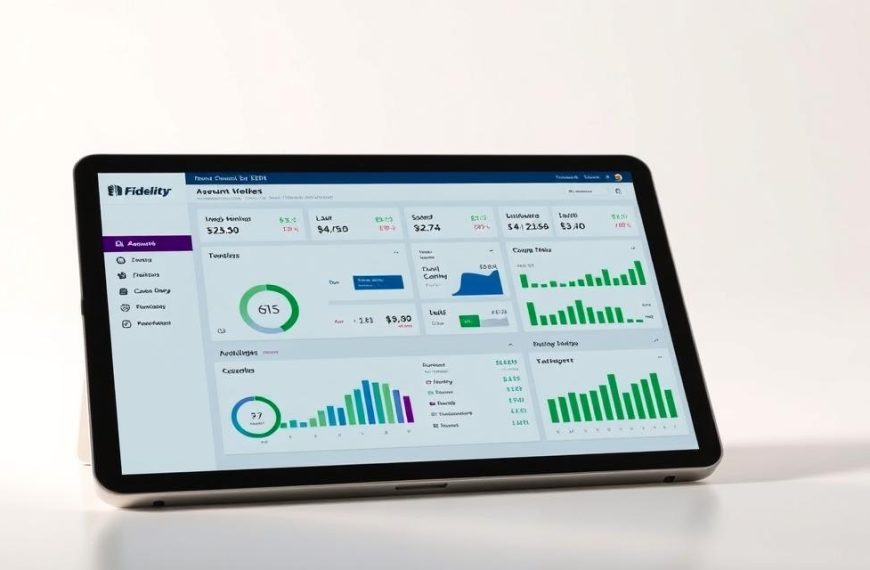Understanding the intricacies of financing one’s education can be a daunting task for students and their families. A crucial aspect of this is comprehending how financial aid interacts with payment plans.
Navigating the complexities of education financing requires clarity on whether financial aid can reduce the amounts owed under a payment plan. The relationship between these two financial tools is vital for students to make informed decisions about their educational expenses.
When financial aid is disbursed, it affects the overall student account balance, which in turn impacts the installment payments under a payment plan. By understanding this dynamic, students can better manage their financial obligations.
Understanding College Payment Plans
College payment plans offer students a flexible way to manage their tuition fees by breaking them down into smaller, more manageable payments. This approach helps students avoid the burden of paying the full tuition upfront.
What Is a College Payment Plan?
A college payment plan is an institutional arrangement that allows students to pay their tuition in installments rather than a single payment. This plan is designed to make tuition more manageable for students and their families.
How Payment Plans Are Structured
Payment plans are structured with varying numbers of installments, typically ranging from 2 to 12 payments, depending on the enrollment timing. The earlier a student enrolls, the more favorable the terms, including lower down payments and more extended payment periods.
Costs and Fees Associated with Payment Plans
Most payment plans require a non-refundable setup fee, which can range from $15 to $200, and potentially late payment penalties. “The key to managing these costs is understanding the terms of the payment plan,” as noted by financial aid experts. The costs associated with payment plans are often compared to the interest costs of alternative financing methods, such as loans, to determine the most cost-effective option.
By understanding how college payment plans work, students can make informed decisions about managing their tuition fees effectively.
The Basics of Financial Aid
To navigate college financing, it’s essential to grasp the fundamentals of financial aid. Financial aid is a broad term that encompasses various forms of assistance to help students fund their education.
Types of Financial Aid Available
Financial aid includes grants, scholarships, federal and private loans, and work-study programs. These options help students cover tuition fees, living expenses, and other educational costs. By understanding the different types of aid available, students can make informed decisions about their financial resources.
How Financial Aid Is Applied to Your Account
Financial aid is applied directly to the student account to reduce the overall balance. The order in which different types of aid are applied can vary, but typically, grants and scholarships are applied first, followed by loans and work-study funds. This process helps in reducing the amount the student needs to pay out of pocket.
Timing of Financial Aid Disbursements
The timing of financial aid disbursements is crucial for students to plan their finances effectively. Disbursements typically occur shortly before or after the semester starts, which may not align with payment plan deadlines. Students need to be aware of this timing to manage their accounts accordingly and avoid any potential shortfall in their funds.
Does Financial Aid Lower Your Payment Plan?
The application of financial aid to your student account can have a substantial effect on your payment plan, lowering your total balance due. When financial aid is applied, it reduces the total amount you owe, thereby adjusting your payment plan accordingly.
How Financial Aid Affects Your Total Balance
Financial aid directly reduces your total balance due. For instance, if your tuition is $10,000 and you receive $5,000 in financial aid, your new balance would be $5,000. This reduction in balance subsequently affects your payment plan.
Recalculation of Payment Plan Installments
Upon applying financial aid to your account, your payment plan is typically recalculated to reflect the new, reduced balance. The remaining installments are adjusted accordingly, providing relief by lowering the amount you need to pay each month.
As stated by the College of DuPage, their payment plan adjusts installment payments daily for new charges or credits applied to the account. This means that as soon as financial aid is applied, your payment plan will be updated.
“Financial aid doesn’t directly ‘pay’ your monthly installments, but it effectively lowers them by reducing the total balance that needs to be paid through the payment plan.”
Examples of Financial Aid Impact on Payment Plans
To illustrate the impact, consider the following example: if your original tuition is $12,000 and you receive $6,000 in financial aid, your payment plan will be based on the remaining $6,000. If you had opted for a 4-installment payment plan, your monthly payments would be significantly lower than initially planned.
Different financial aid amounts will result in varying reductions in your payment plan. For instance, receiving $8,000 in aid for a $12,000 tuition would leave you with a $4,000 balance, further lowering your installment amounts.
Understanding how financial aid affects your payment plan can help you manage your finances more effectively. By reducing your total balance, financial aid can make your monthly payments more manageable.
Managing Payment Plans and Financial Aid Together
Effective management of payment plans and financial aid can significantly reduce the financial burden on students. To achieve this, it’s essential to understand the intricacies of both systems and how they interact.
Timing Considerations for Both Systems
When using both payment plans and financial aid, timing is crucial. Students should be aware of the scheduled payment dates outlined in their payment plan agreement and the expected disbursement dates for their financial aid. Planning for potential gaps between payment due dates and aid disbursements is vital to avoid financial difficulties.
Potential Challenges and Solutions
Students often face challenges when managing both systems, such as making initial payments before financial aid arrives or dealing with recalculations mid-semester. To overcome these challenges, students can set up calendar reminders for important dates and plan for contingencies. Regularly monitoring their student email address for time-sensitive communications about both payment plans and financial aid is also crucial.
Communication with Financial Aid and Cashier’s Offices
Establishing effective communication channels with both the financial aid office and the cashier’s/bursar’s office ensures that students have the most current information about their account. By maintaining open lines of communication, students can better navigate the complexities of managing payment plans and financial aid together.
Strategies for Optimising Your Education Financing
To optimise your education financing, it’s crucial to understand the strategies that can help reduce your financial burden. By leveraging financial aid and selecting an appropriate payment plan, students can significantly lower their educational expenses.
Applying for Financial Aid Early
Applying for financial aid early is vital as it increases the chances of receiving aid on a first-come, first-served basis. Submitting the FAFSA early can maximise financial aid opportunities, potentially reducing the amount needed to be covered by a payment plan. This proactive approach ensures that students receive the maximum aid available to them.
Choosing the Right Payment Plan Option
When choosing a payment plan, consider factors such as the number of instalments, down payment requirements, and timing. Students or authorised users can enroll in a payment plan that suits their financial situation. It’s essential to select a plan that aligns with your financial capabilities to avoid any potential issues.
Monitoring Your Account for Changes
Regularly monitoring your account is crucial to ensure that any changes in financial aid awards, tuition adjustments, or payment plan recalculations are addressed promptly. Students should keep track of their account status to make informed decisions about their education financing. Only the payment plan owner can change the payment method, and this must be done at least one day before the scheduled payment.
Conclusion: Making Informed Decisions About Financing Your Education
As we conclude our exploration of financial aid and payment plans, it’s clear that understanding their interplay is crucial for managing education costs. Financial aid significantly reduces the total balance, consequently lowering payment plan installments. To avoid confusion or missed payments, it’s essential to understand the timing of both financial aid disbursements and payment plan schedules.
Students and authorized users receive payment plan notifications via email. Payment plan owners can change payment methods up to one day before scheduled payments. Payments can be made via eCheck or debit/credit card, although the latter incurs a convenience fee.
To manage education financing effectively, students should apply for financial aid early, select a suitable payment plan, and regularly monitor their account. By doing so, students can minimize financial stress and make informed decisions about their academic financing. It’s also important to maintain regular communication with the relevant university offices to ensure a smooth process.
By taking a proactive approach to education financing, students can optimize their financial resources and reduce the burden of educational expenses.












